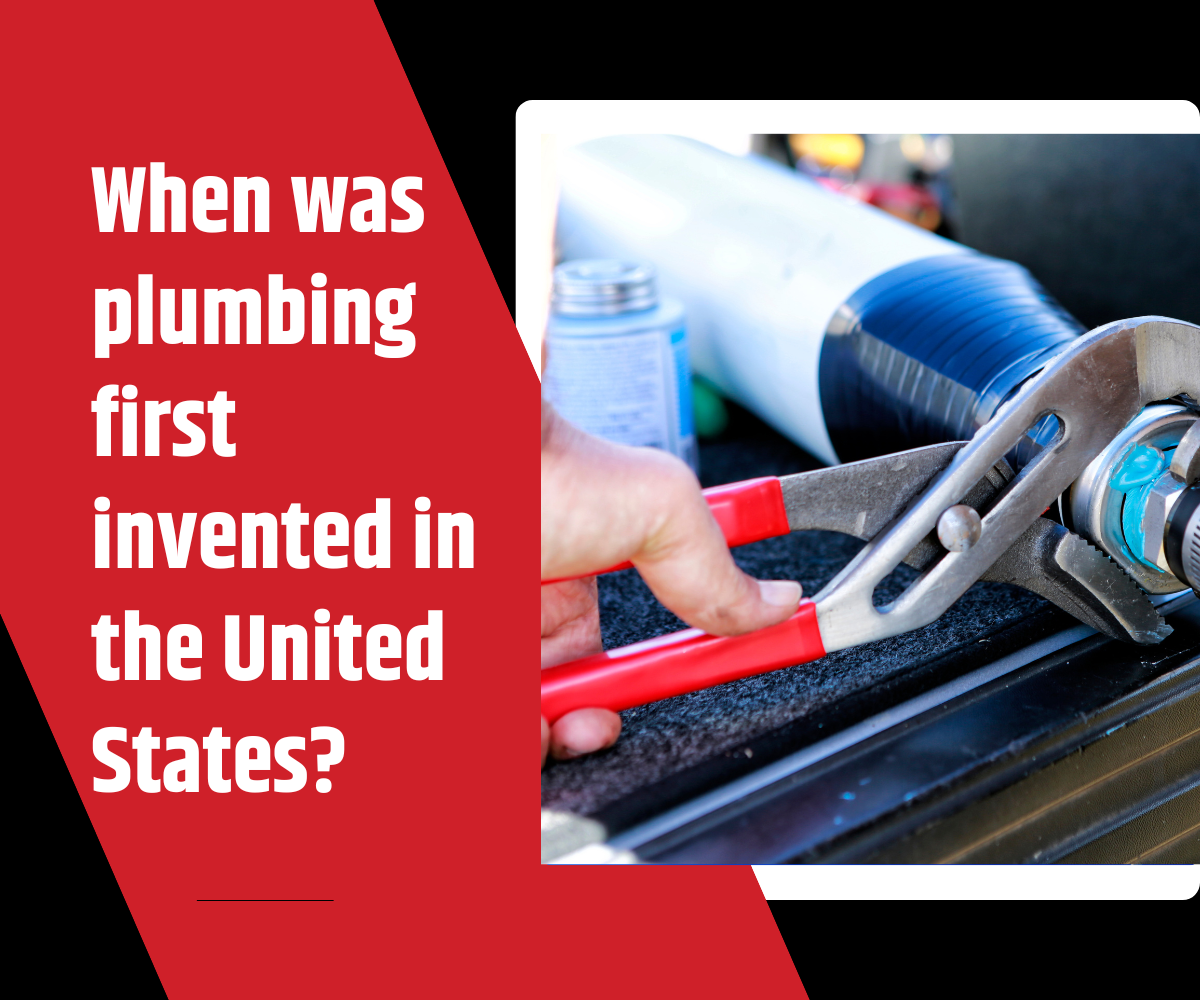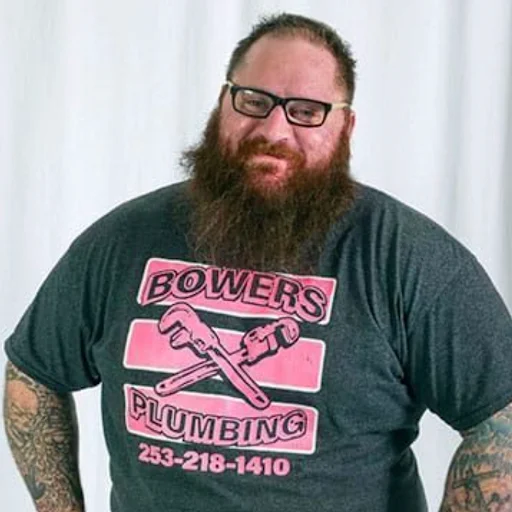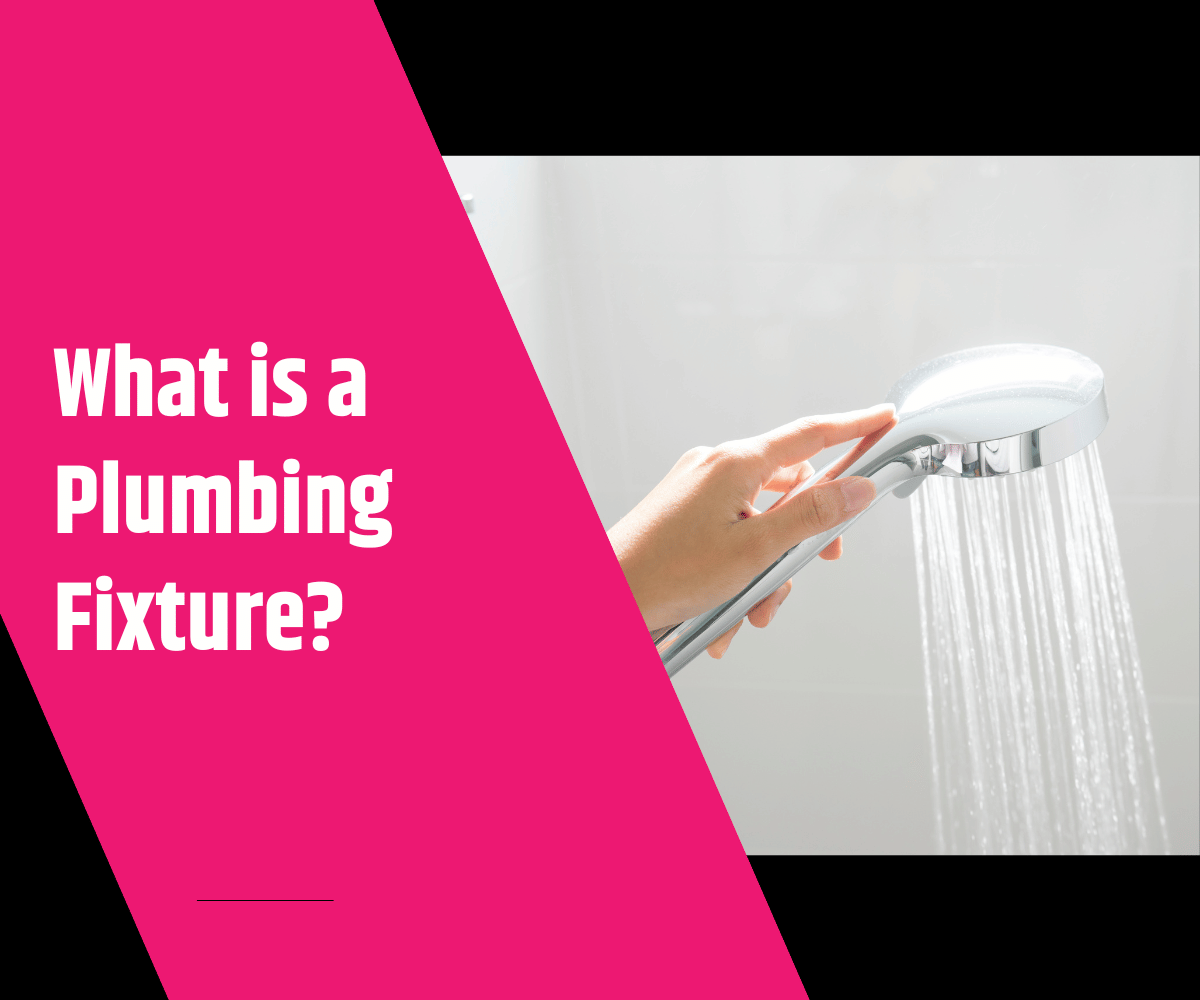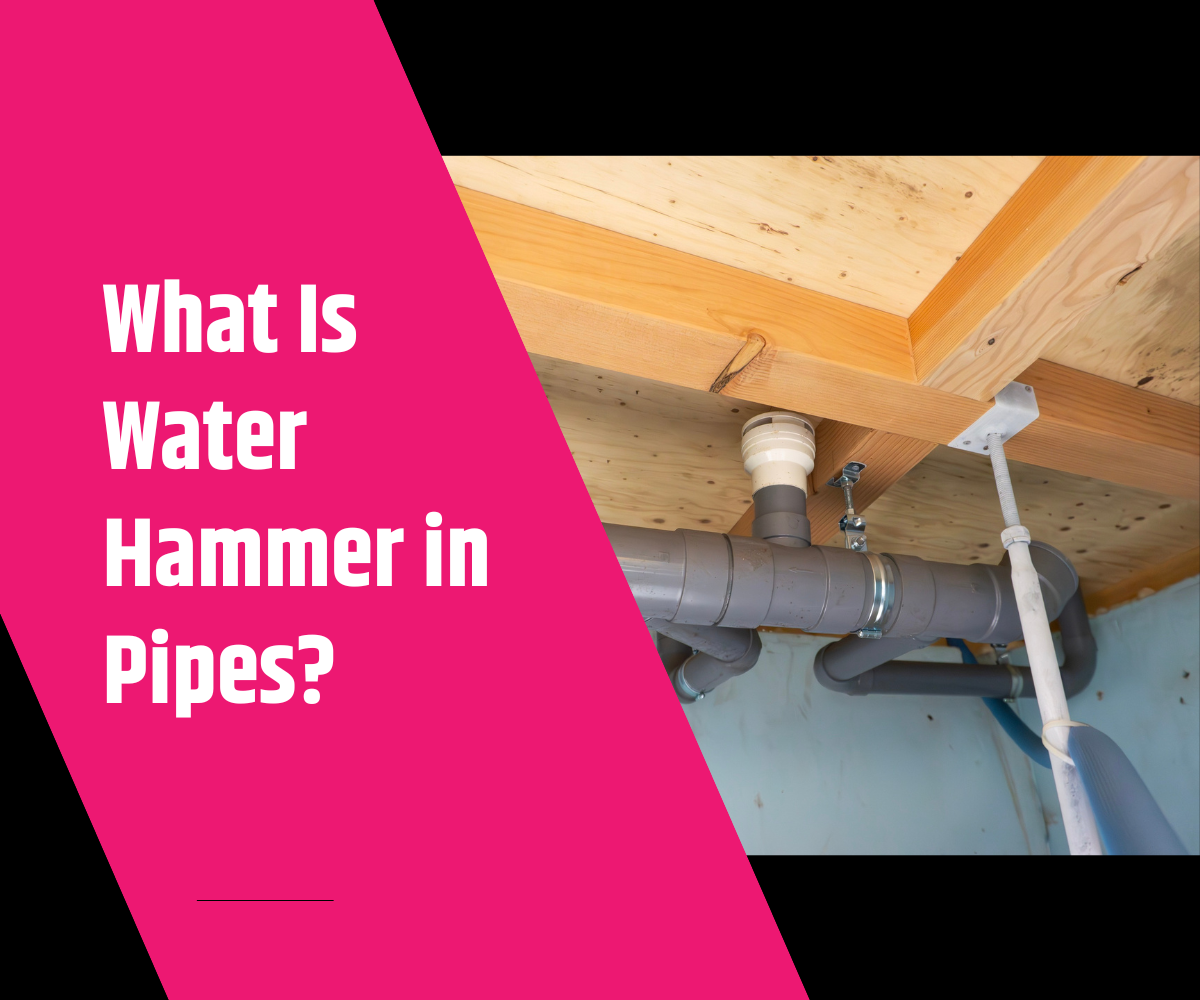History of the following: When was Indoor Plumbing invented in the United States?
Introduction on The Plumbing System that first Began
Indoor plumbing is something most of us take for granted today, but it wasn’t always a standard feature in homes. Understanding when and how indoor plumbing became commonplace in the U.S. provides fascinating insight into the evolution of modern housing and infrastructure. In this blog, we’ll dive into the history of indoor plumbing in the U.S. and explore the key milestones that changed the way we live.
Early Water Systems in the U.S. plumbing
Before indoor plumbing, early American settlers had to rely on more rudimentary methods for water supply and waste management. The first American homes typically had wells or cisterns for water and outhouses for waste disposal. Major cities like Philadelphia and New York began experimenting with rudimentary water systems in the early 1800s, but these systems were limited and not designed for individual homes.
First Water Systems in Colonial America: Early settlers used hand-dug wells and public water sources, but the water was often contaminated, leading to health risks.
New York’s Early Water Works: By 1799, New York City created its first water supply system, which brought water from local rivers to public fountains and wells.
The Invention of Indoor Plumbing
Indoor plumbing as we know it today began to take shape in the mid-19th century. The first major breakthrough came with the invention of the flush toilet, but improvements in piping, sewage systems, and the famous water heater soon followed.
The Flush Toilet: The flush toilet was invented by Sir John Harington in 1596, but it wasn’t until the 19th century that it became a viable feature in American homes and developed as a standard. In 1829, American inventor Isaac Singer (best known for the sewing machine) patented the first practical toilet design with a water tank, though it wasn’t widely used.
The First Indoor Plumbing Systems: In the 1840s and 1850s, cities began to implement indoor plumbing in public buildings, including theaters and large homes. Wealthy homeowners in cities like Boston and New York had the means to install early plumbing systems, though it was still considered a luxury. This was an important part in the plumber’s job as it was becoming a standard.
The 19th Century: Advancements and Challenges in America’s History
By the late 1800s, more widespread use of plumbing began to spread in urban areas, driven by new technologies and the growth of sanitation movements.
The Rise of Cast-Iron Pipes: Cast iron pipes became more common in the 1850s, replacing wooden pipes and improving the efficiency of water supply and waste removal systems.
The Sewer System: The implementation of modern sewer systems in large cities began in the mid-1800s, with Chicago’s sewer system being one of the first to be completed in 1857.
The Birth of the Bathroom: By the 1880s, middle-class homes in cities like New York were being built with plumbing systems that included bathrooms complete with toilets, bathtubs, and sinks. This became a symbol of progress and modern living.
The 20th Century: Widespread Adoption amongst America
Indoor plumbing truly became the standard in American homes by the early 20th century. Advances in plumbing technology and the rise of residential home construction made these systems more accessible to average families around the country.
The 1900s Housing Boom: As the United States urbanized and suburban development expanded, plumbing systems were increasingly installed in new homes, especially after World War I.
The Rise of Modern Plumbing Fixtures: During the 1920s and 1930s, plumbing fixtures such as flush toilets, bathtubs, and sinks became more affordable and standardized in most homes.
Public Health and Hygiene: As public health campaigns focused on sanitation, homes with modern plumbing became essential for improving health standards and reducing disease.
Indoor Modern Plumbing Today: A Standard in Every Home
By the 1950s and 1960s, virtually all new homes built in the U.S. were equipped with indoor plumbing. Today, modern plumbing systems have become increasingly sophisticated, incorporating water-saving technology and high-efficiency fixtures that are more environmentally friendly.
Current Trends: In today’s world, advanced systems like tankless water heaters, smart home water systems, and water filtration have become standard in new home construction. The companies nowadays also have a strict repair system to ensure the safety of the U.S citizens.
Conclusion
The invention and widespread adoption of indoor plumbing revolutionized homebuilding in the United States. What once was a luxury reserved for the wealthy has now become a cornerstone of modern home design, contributing to better hygiene, public health, and quality of life. Understanding the history of plumbing not only highlights the technological advances that have shaped our homes but also emphasizes how far we’ve come in creating healthier, more efficient living spaces.





